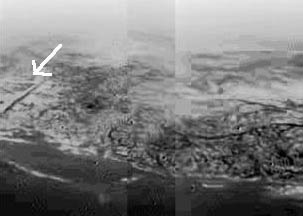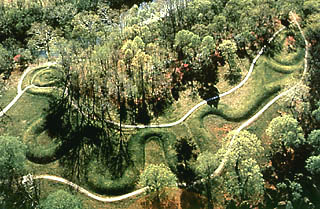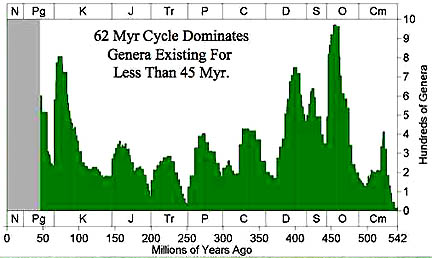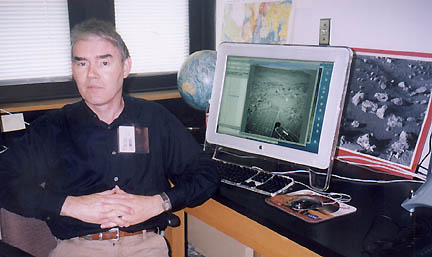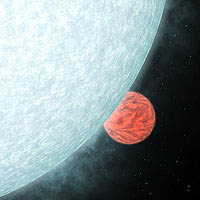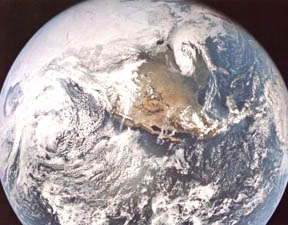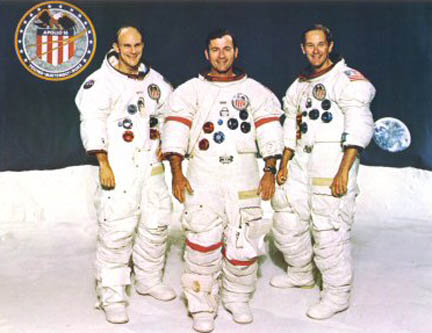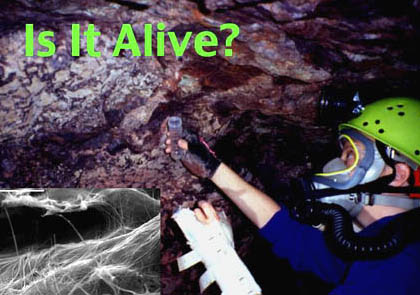
May 7, 2005 Boulder, Colorado - In the Earth's 4.5 billion year history so far, there have been five major extinction events, plus the current sixth caused by the expansion of human civilization into animal and plant habitats and subsequent impact on global warming. The five previous major extinction events were based on the most complete study ever done of all the known world marine fossils. That was the life work of University of Chicago paleontologist, John (Jack) J. Sepkoski, Ph.D. He documented 36,380 genera of marine life over the past half a billion years. After his death, his work was published as Compendium of Fossil Marine Animal Genera and is the most complete reference available for the study of biodiversity and extinctions. [See 040105 Earthfiles.]
Click here to subscribe and get instant access to read this report.
Click here to check your existing subscription status.
Existing members, login below:


